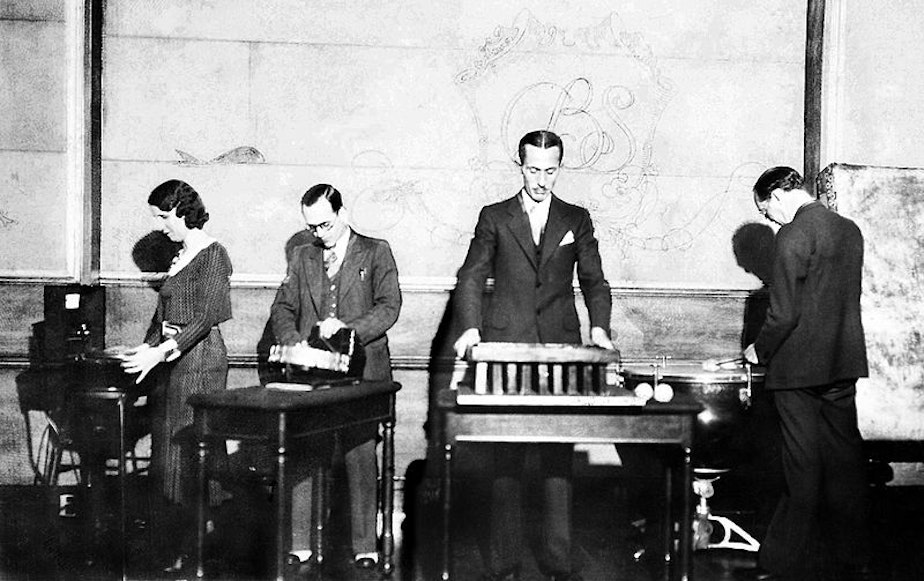Female Pioneer Credited With Bringing Sound Effects To Radio

It’s no secret that radio in the early days was a man’s game. Men were the directors, the producers, the composers and the sound effect technicians. But it was a woman who was a major influence in the sound effects profession.
Her name was Ora Nichols. She lead the CBS sound team that brought the famous "War of the Worlds" broadcast to life.
Nichols was the first, and only, woman to run a radio sound effects department during the Golden Age. Nichols and her husband Arthur Nichols are credited with bringing the concept of sound effects to radio.
Being the first sound effects woman came with its challenges. Actors and directors were still learning to value her trade as a much they valued their own. Ora Nichols worked with Orson Welles frequently, but there was an ongoing tension between the two over how sounds were created.
Ora Nichols thought that the best sound effects could sometimes come from sources other than the object itself. For example, an egg beater on the radio sounds more like a lawn mower than an actual lawn mower.
Sponsored
The Nicholses loved inventing and creating sounds. Radio’s very first science fiction radio show took off with jets Ora Nichols created by modifying an air conditioner unit. To create the sound of an alien space craft door opening she used the turning of a cast iron lid.
Welles thought that authentic sound could only come from real life, even if that meant covering a studio in grass and mowing it to get the sound of a lawn mower.
The final straw came when Welles called Ora Nichols a screwball in front of her entire crew. She threw down her headphones and walked out. No one had ever walked out on Welles, and certainly never right before a live radio broadcast. He was shocked and humbled. Ora Nichols demanded a public apology which he gave and she returned to work.
Today, sound effects are so common, awards are given out for best sound design.
But Ora Nichols earned her place in history. She is considered one of the most influential women in radio, for pioneering — and legitimizing — the sound effects profession.

